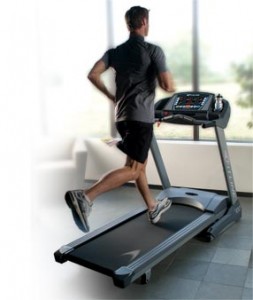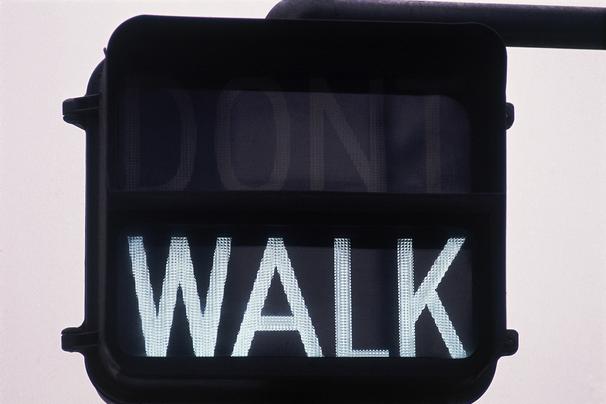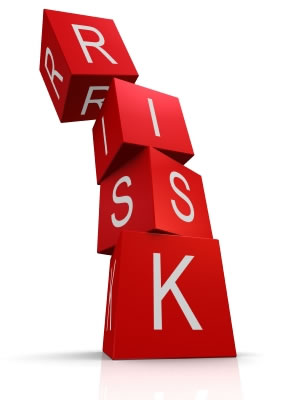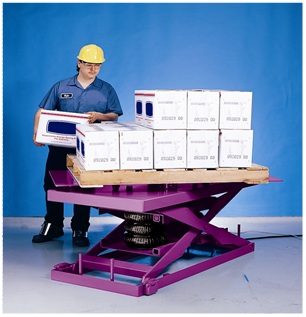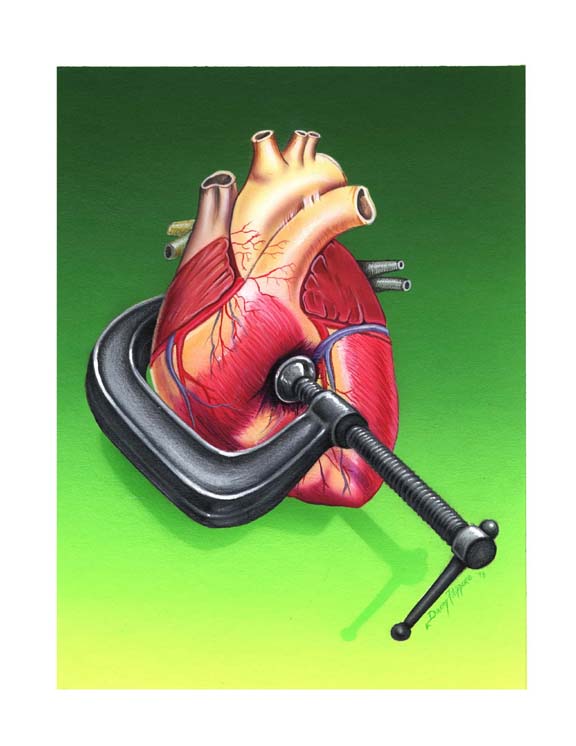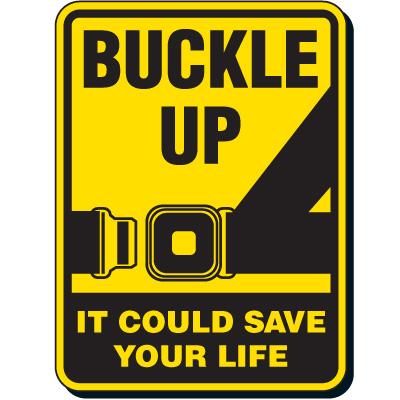 Motor vehicle crashes are the leading cause of death for people age 5 – 34. Adult seat belt use is the single most effective way to save lives and reduce injuries in crashes. The percentage of adults who always wear seat belts increased from 80% to 85% between 2002 and 2008. Even so, 1 in 7 adults do not wear a seat belt on every trip. Primary enforcement seat belt laws make a big difference in getting more people to buckle up.
Motor vehicle crashes are the leading cause of death for people age 5 – 34. Adult seat belt use is the single most effective way to save lives and reduce injuries in crashes. The percentage of adults who always wear seat belts increased from 80% to 85% between 2002 and 2008. Even so, 1 in 7 adults do not wear a seat belt on every trip. Primary enforcement seat belt laws make a big difference in getting more people to buckle up.
In 2010, 19 states–where 1 in 4 adult Americans live–did not have a primary law.

